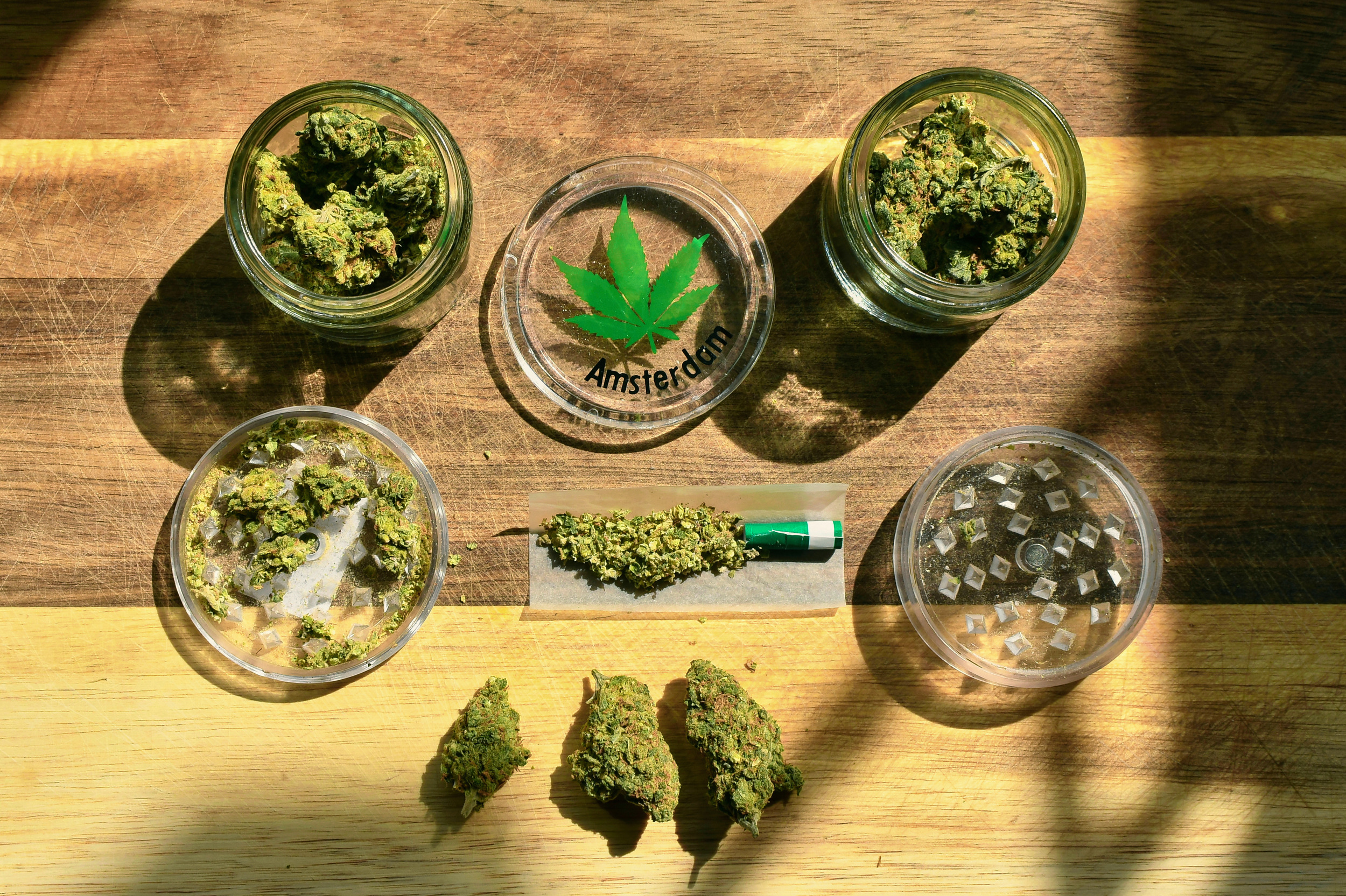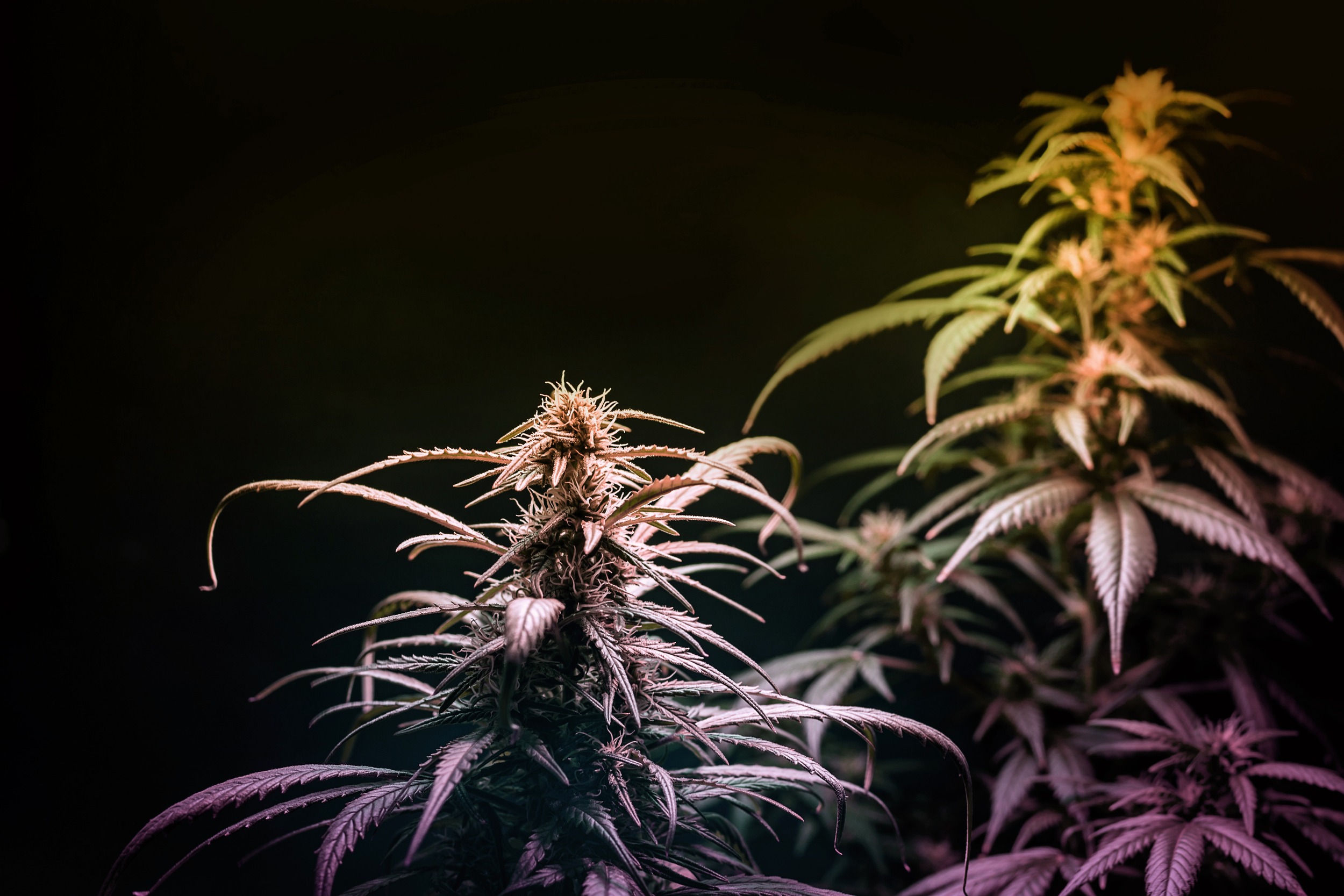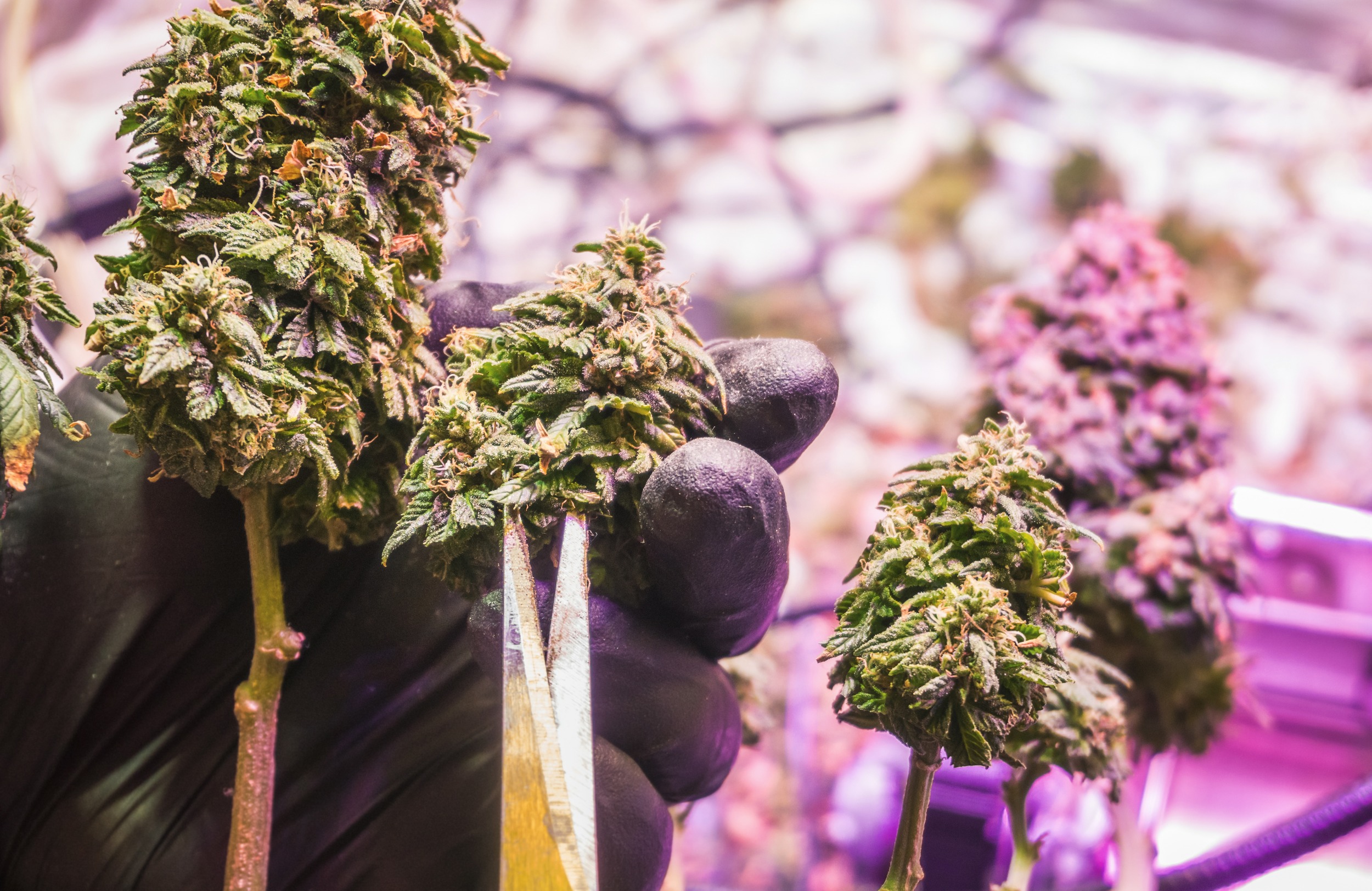What Are the Different Types of Marijuana Products?
The popularity of marijuana products has been on the rise, offering a range of options for consumers. Whether you’re new to cannabis or well-versed in its usage, navigating through the choices can be overwhelming. In this post, we will delve into the characteristics, consumption methods, and effects of marijuana products to help you make informed decisions.
Cannabis Flowers
Cannabis flowers, also known as buds or marijuana buds, are the most widely found form of marijuana. These dried plant materials contain varied levels of cannabinoids and terpenes that contribute to their medicinal properties.
Strains
Cannabis flowers come in an array of strains distinguished by their cannabinoid profiles (such as THC and CBD ratios), as well as unique flavors and aromas. Sativa strains are often associated with uplifting effects that enhance productivity, while indica strains are renowned for their ability to induce relaxation and alleviate pain.
Consumption Methods
Inhalation: The traditional approach involves smoking dried cannabis flowers using pipes or rolling papers.
Vaporization: Vaporizers heat the herb without combustion, resulting in a smoother inhalation experience.
Infusion/Edibles: Flowers can also be utilized to infuse oils or butter for baking edibles, like cookies or brownies.
Cannabis Concentrates
Concentrates are extracts that are created by isolating specific components of cannabis through various processing techniques, like heat extraction or solvent-based extraction.
Different Types of Concentrates
Hash: This is the form of concentrate that comes from drying resin glands.
Shatter/Budder/Wax/Crumble: These different forms are achieved through extraction processes resulting in varying textures.
Rosin: It is made by applying heat and pressure to cannabis flowers in order to extract oils.
Consumption Methods
Dabbing: This method involves heating a product using a dab rig and inhaling the vapor produced.
Vaporization: Concentrates can also be used with vaporizers designed for this purpose.
Cannabis Edibles
Edibles offer an alternative to smoking or vaping cannabis as they involve infusing cannabinoids into food and beverages.
Different Types of Edibles
Baked Goods: Cookies, brownies, and cakes are some examples of edibles infused with cannabis-infused butter or oil.
Chocolates/Candies: These treats often come in bite-sized pieces, providing convenient dosing options.
Beverages: Infused drinks such as teas, coffees, sodas, and juices offer an easy way to consume cannabis-infused products.
Effects and Timing
When it comes to the effects of cannabis, edibles take longer to kick in compared to inhaling it. This is because they have to go through the digestion and metabolization processes. The onset time can vary between individuals, ranging from 30 minutes to two hours, depending on factors like metabolism and the dosage consumed.
Cannabis Topicals
Topical products are designed to provide localized relief by applying them to the skin. The best part is that they don’t cause any psychoactive effects.
Examples of Topicals
Lotions/Creams: These are great for applying on muscles or joints.
Balms/Salves: They are specifically targeted at soothing skin conditions like eczema or psoriasis.
Transdermal Patches: They offer a release of cannabinoids into the bloodstream over a sustained period of time.
Absorption Rates
While topicals can provide relief, they aren’t as effective at delivering cannabinoids throughout the body compared to inhaling or ingesting cannabis.
Cannabis Tinctures
Tinctures are extracts of cannabis that are usually taken orally. You can place a few drops under your tongue (sublingually) for faster absorption into the bloodstream or add them to your favorite beverages or meals for a more convenient and discreet way of consumption.
Administration
Sublingual: Place droplets of tincture under your tongue for absorption.
Mixing: You can mix tinctures into drinks or meals as a discreet method of consumption.
Dosage Control
Tinctures provide a way to control the dosage accurately, allowing users to start with small amounts and gradually increase as necessary to achieve their desired effects.
Effects & Onset Time
The effects of tinctures can vary based on the content of THC or CBD and an individual’s metabolism. The onset time typically ranges from 15 minutes to an hour, making it a fast-acting method compared to edibles.
Conclusion
Upon exploring these marijuana products, it becomes evident that there are options to cater to each individual’s preferences and needs. Whether it’s flowers, concentrates, edibles, topicals, or tinctures, each type offers characteristics and consumption methods that suit user requirements.
To ensure the right choices in the expanding cannabis market landscape, it is essential to be well-informed about proper dosages, potential effects, and responsible consumption practices.





